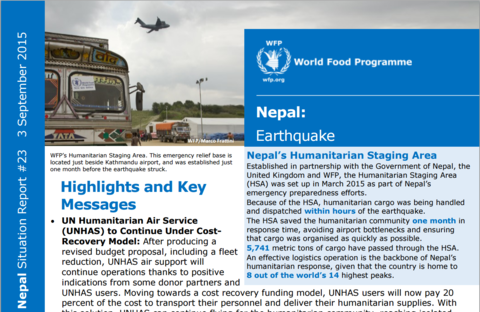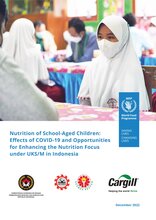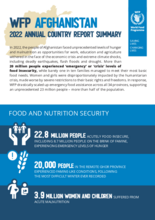
Highlights
-
UN Humanitarian Air Service (UNHAS) to Continue Under Cost-Recovery Model: After producing a revised budget proposal, including a fleet reduction, UNHAS air support will continue operations thanks to positive indications from some donor partners and UNHAS users. Moving towards a cost recovery funding model, UNHAS users will now pay 20 percent of the cost to transport their personnel and deliver their humanitarian supplies. With this solution, UNHAS can continue flying for the humanitarian community, reaching isolated, earthquake-affected areas and ensuring that coordination and service remains constant. The financial burden is now being shared among donors and the humanitarian community. With this new funding model and reduced fleet, UNHAS is expecting to fly until the end of October.
-
WFP Purchasing Locally: As WFP’s emergency operation moves into its final phase, the emphasis remains on supporting the local economy wherever possible. For its food support, US$2.3 million worth of WFP food has been purchased within Nepal since June, representing over 50 percent of WFP’s total food purchases to date. This proportion of local purchase represents a substantial support to the local economy.
-
Supply Delays at Indo-Nepal Border: Due to insecurity in Southern Nepal, WFP food and logistics cluster supplies arriving by land have been delayed at nearby Indo-Nepal border crossings. Security has since been tightened along the border areas and some WFP cargo is now safely making its way to WFP hubs. WFP logistics is continuing to monitor the situation and the delay has not adversely affected operations on the ground.
-
Food Security Situation Improving: A Government-led Nepal Food Security Monitoring System study, conducted together with WFP, found that food security in earthquake-affected districts has improved in the months since the humanitarian response began. This improvement is attributed in large part to the food assistance provided after the quake. The study found that now 520,000 people are in need of immediate food assistance, a significant drop from the 1.7 million people in need after the earthquake. WFP will take these needs fully into account when carrying out phase three interventions. WFP would like to thank its donors for their vital support, which together contribute to improved food security in Nepal.
| Document | File |
|---|---|
| WFP Nepal Earthquake Situation Report #23, 03 September 2015 |
PDF | 645.34 KB
Download
|


